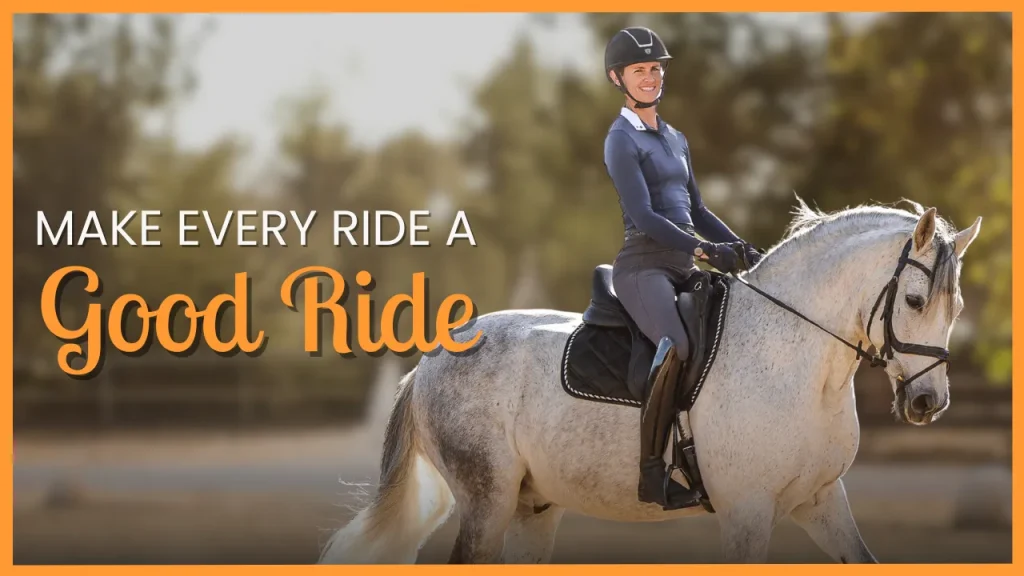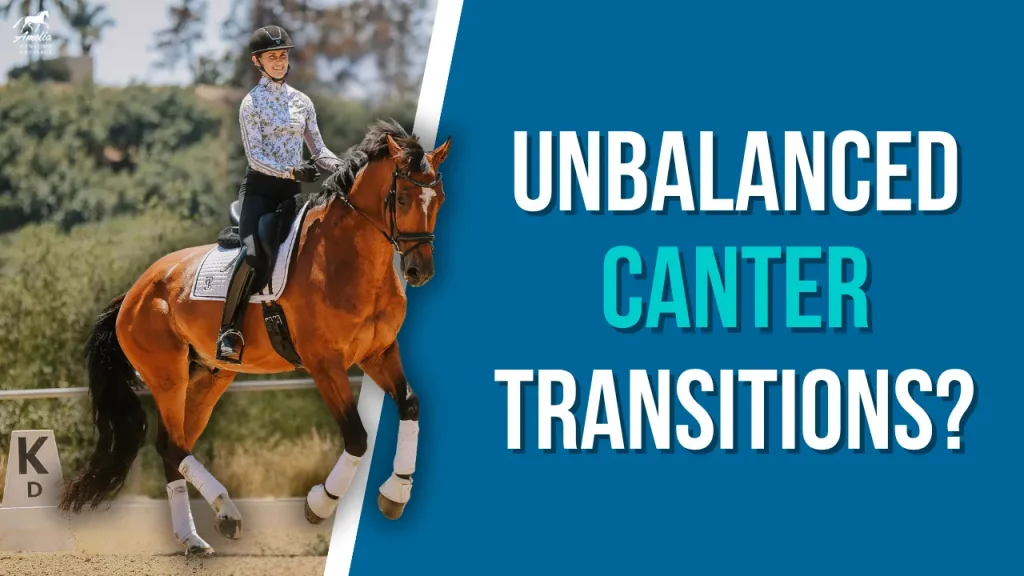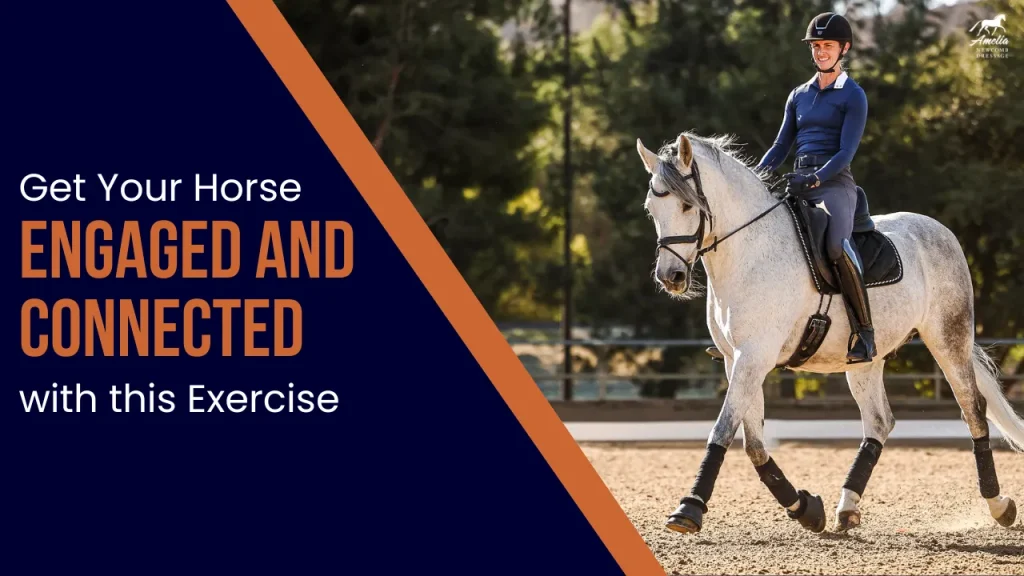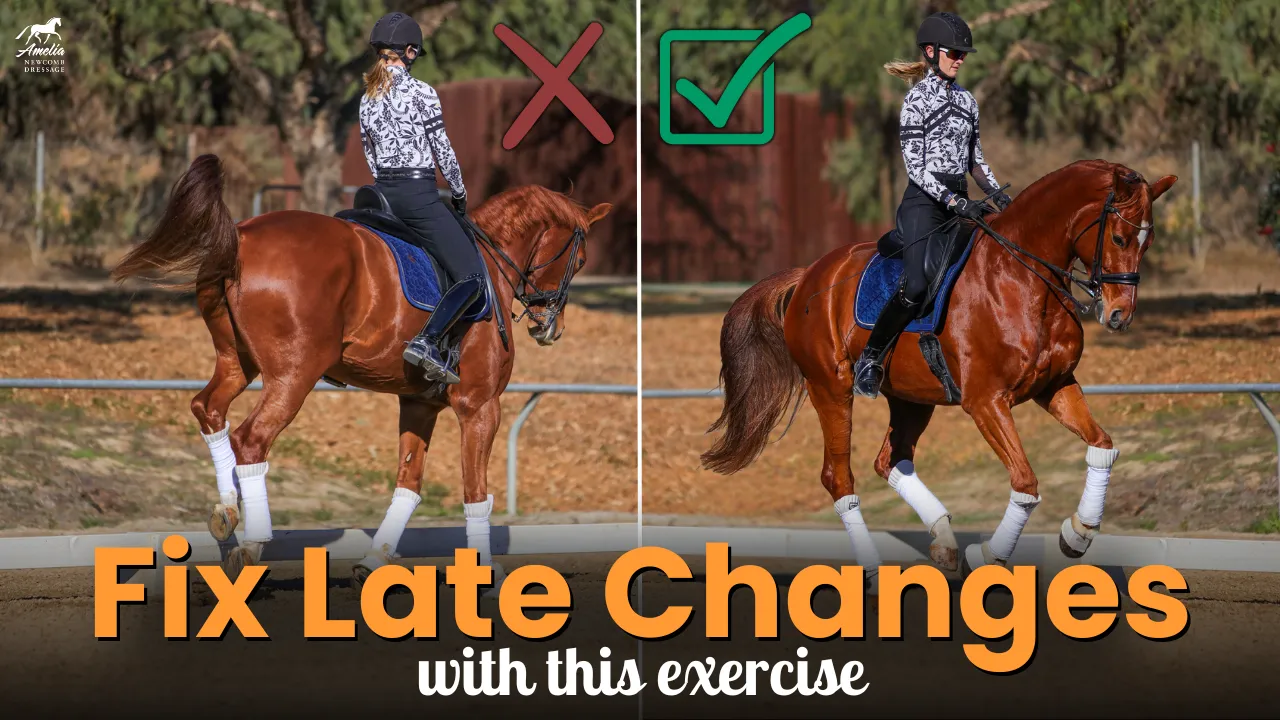Ride the Perfect Corner
Corners in dressage are often overlooked but play an important part in setting up your next movement. Whether you’re preparing for a diagonal line, a half-pass, or a pirouette, riding an effective corner ensures your horse stays balanced, energized, and ready to execute the next movement. Here’s how to perfect your corners and avoid common mistakes.
Why Corners Matter
A well-ridden corner allows your horse to:
- Maintain Balance: Stay uphill and avoid falling in.
- Preserve Energy: Keep the rhythm and impulsion needed for the next movement.
- Prepare for the Next Movement: Whether it’s a straight line or a lateral movement, a good corner sets the tone for success.
Tips for Riding Perfect Corners
- Adjust for Your Horse’s Level
- Training Level Horses: At the canter, treat the corner as a quarter of a 20-meter circle.
- Advanced Horses: As you progress, corners should become deeper, resembling a quarter of an 8-meter or even a 6-meter circle.
- Focus on BendTo ride deeper into the corner, your horse must bend from poll to tail. Use your inside leg at the girth and outside leg slightly behind the girth to guide the bend.
- Maintain ActivityMany horses lose energy in the corner, making it harder to transition into the next movement. Keep your horse engaged by riding an energizing half-halt before entering the corner.
- Stay BalancedAvoid letting your horse go downhill or drop their poll through the corner. Think about lifting your horse’s frame with your seat and rein aids to keep them uphill and light.
- Prepare depending on what is the Next MovementUse the second corner on the short side to position your horse for what’s coming. For a diagonal line, focus on straightening. For a half-pass, increase bend and align the shoulders.
Common Mistakes and How to Avoid Them
- Using Too Much Inside Rein: Relying solely on the inside rein can cause your horse to fall out through the shoulder. Instead, use your inside leg to create the bend and the outside rein and leg to guide around the turn.
- Slowing Down Too Much: Losing rhythm makes it harder to regain impulsion. Keep the energy flowing with an active seat.
- Riding Too Deep Without Preparation: This can throw your horse off balance. Ensure your horse is properly bent and supported before attempting a deep corner.
Exercises to Improve Your Corners
- Walk Transitions in the Corner: Trot to the corner, walk through it, and trot out. This slows things down and helps your horse understand the balance and bend required.
- Canter-Walk Transitions: For advanced horses, canter to the corner, transition to walk, and pick up the canter again.
- Halt and Turn: Trot to the corner, halt, and walk through the turn before resuming trot. This enhances precision and control.
The Takeaway
Mastering your corners is key to executing movements with precision and flow. By focusing on balance, bend, and energy, you’ll set your horse up for success in every turn. Practice these tips and exercises, and watch your corners—and your rides—improve dramatically.
Happy riding!












































